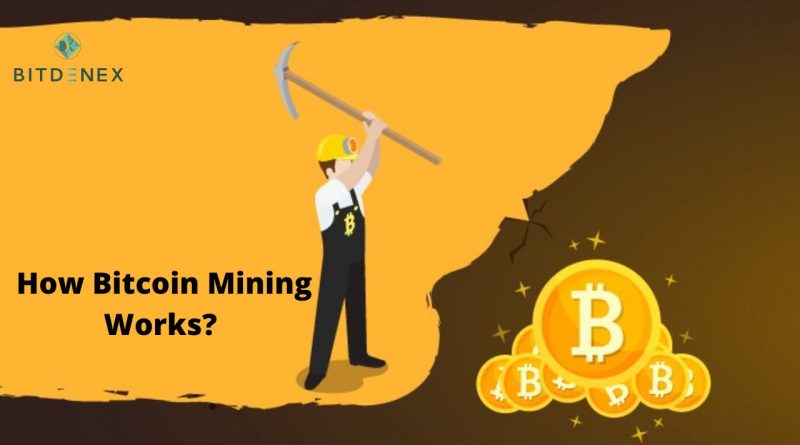How Bitcoin Mining works?
Bitcoin mining is the activity of discovering new blocks, verifying transactions, and adding them to the Bitcoin Blockchain. Every time a new blockchain is unearthed, the successful miner is granted the right to fill that block with new transaction data. Winning miners receive a free amount of newly minted Bitcoin known as a block reward as well as any fees attached to transactions they store in the new blocks. The procedure of giving successful miners newly minted Bitcoin is exclusively how new coins enter circulation.
Why Mine Bitcoin?
There are two major reasons why a person, a company, would want to mine cryptocurrency like Bitcoin.
1) In every 10 minutes, new blocks are discovered.
2) To engage in securing and maintaining the decentralized Bitcoin network.
How new blocks are discovered by Bitcoin Miners?
Miners compete with each other using special computing equipment, in order to add new transactions to the blockchain. They use their equipment to initiate fixed-length codes known as hashes.
What is Hash?
A cryptographic mathematical function that converts any message or data input into a fixed-length code is known as a hash. The output has set lengths to make it impossible to predict the size of the input. It is impossible to retrogress the hash back to its original input, i.e these hash functions are irreversible. The same input will also always generate the same sequence of numbers and letters.
How Rewarding is Bitcoin Mining?
For every new block added to the blockchain, the protocol, a set of rules programmed into Bitcoin, liberate a fixed amount of newly minted coins to the successful miner The distribution mechanism for Bitcoin doubles the reward system for this block.
Note we have 18.9 million coins in circulation and Bitcoin has a 21 million maximum supply cap. once 21 million Bitcoin( BTC) has been released to the market, block rewards will no longer be distributed. After this happens, miners only will be able to receive a bounty in the form of Bitcoin transaction fees.
Bitcoin Mining Difficulty.
When Satoshi Nakamoto created the protocol, they programmed in a target block discovery time of 10 minutes, which means it would take around 10 minutes for a miner to successfully create the winning code to run down the next block.
Why does bitcoin mining use so much energy?
One of the biggest drawbacks of Bitcoin Minning is that it uses a vast amount of energy to mine the new coins, validate transactions, and secure its network. Bitcoin’s hash rate- the measure of all function computational power dedicated to mining the new coins- stands at 183exahash(Eh/s.)
Bitcoin’s hash rate – the measure of all computational power dedicated to mining new coins – stands at 183 exahash (Eh/s.)It means Bitcoin(BTC)miners collectively attempt to break the target hash of the upcoming new block 183 quintillion times per second. A natural byproduct of this raised in competition is higher energy consumption – the more machines whirring away to mine Bitcoin(BTC), the higher the collective energy consumption.

